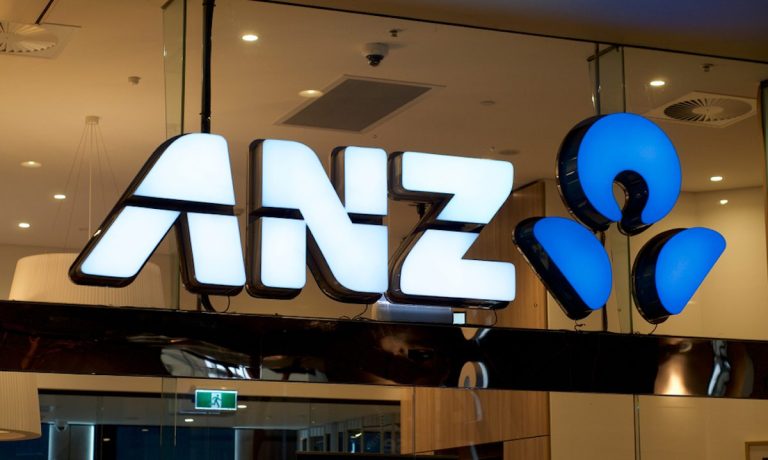
Banks in Australia are issuing $19 million in refunds to low-income customers.
The move follows an investigation by the Australian Securities and Investment Commission, which said in a Monday (July 15) press release that it determined four of the country’s banks “systemically charged high fees to those customers who could least afford it.”
A report by ASIC titled “Better Banking for Indigenous Consumers” found that ANZ, Bendigo and Adelaide Bank, CBA and Westpac kept at least 2 million low-income Australians in high-fee accounts, according to the release.
These lenders “caused financial distress” by levying “avoidable fees” and subjecting consumers to “complicated bank processes,” in many cases putting up “barriers for regional and remote consumers,” the release said.
“Banks knew that many of these customers on low incomes were in inappropriate high-fee accounts, and it has taken ASIC’s intervention to force them to act,” ASIC Commissioner Alan Kirkland said in the release. “Before our review, most banks only provided their customers with difficult ‘opt-in’ processes for switching to low-fee banking options, including forcing some consumers to travel hundreds of kilometers to their nearest bank branch.”
ANZ and Bendigo and Adelaide Bank did not immediately respond to PYMNTS request for comment.
A spokesperson for Westpac said the bank has refunded “account keeping, debit interest and overdrawn fees dating back to July 2019 for all these customers’ transaction accounts, not just the account they receive their government payment.”
In addition, Westpac has moved any customers who receive Australian government benefit payments will be moved to a basic bank account. Westpac says it also provides banking services for Indigenous customers and has people on the ground in remote areas of the country.
A spokesperson for CBA said that bank is taking similar steps.
“CBA acknowledges we can do more for our Indigenous concession customers and we are taking action to address ASIC’s recommendations. We continue to work with Indigenous communities to improve our services and products. We take the findings by ASIC very seriously and have co-operated with ASIC throughout this review,” the spokesperson said.
“We have already made some changes to fee arrangements to better support our customers, including our Indigenous concession customers, and have committed to further changes as part of this review.”
In the wake of the review, the banks have moved more than 200,000 customers into low-fee accounts, saving these customers an estimated $7.2 million yearly.
On the other side of the global banking world, PYMNTS wrote last week about banking giant J.P. Morgan Chase’s earnings, which showed — in the words of Chief Financial Officer Jeremy Barnum — “behavior that is consistent with a little bit of weakness in the lower income” client base.
There has been a move from discretionary spending to discretionary categories, although the impact has been “subtle … it all kind of hangs together, in what is, sometimes, actually not a very interesting story,” he added.
PYMNTS Intelligence found that among low-income demographics — people earning less than $50,000 per year — paying for food (25%), housing (37%) and their monthly bills (13%) now makes up 72% of their monthly income.